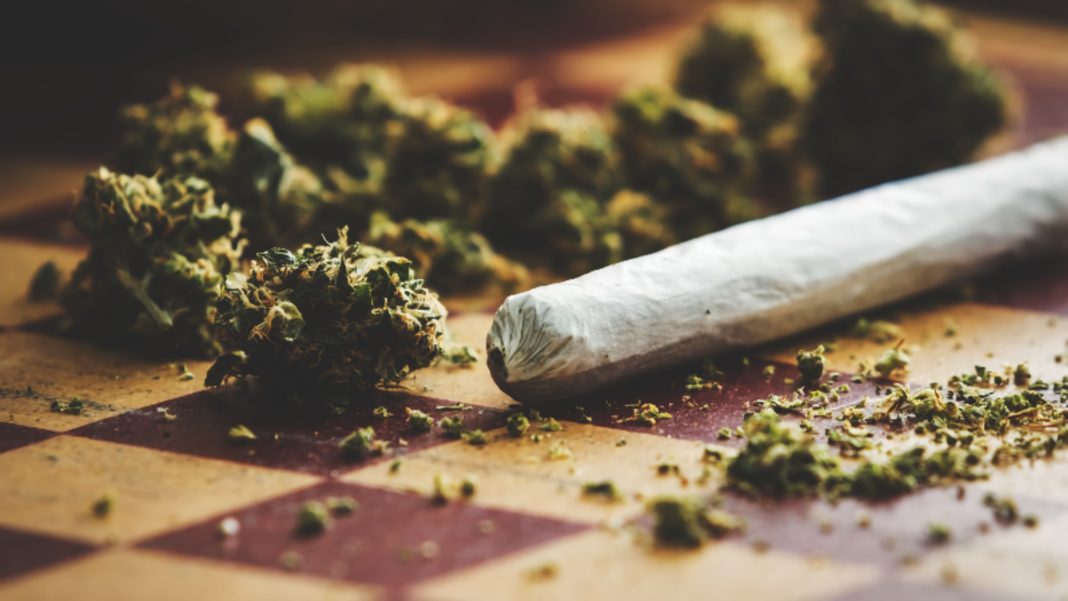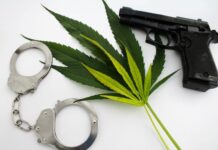
The discussion of how marijuana is the first step down a dark and sinister path of a drug-fueled life path has been around for about as long as marijuana has in America. On one side, it’s an understandable deduction: your overall openness to brain-altering experiences expands, and eventually you’ll want to take this sensation further and further.
But the actual truth of this pathway has always been up for debate, and a recent study throws more skepticism into the basket.
Published in the Journal of Adolescent Health, this study analyzed survey data from 12,694 adults that compared “cross-sectional” information on frequency of marijuana smoking along with alcohol use, nicotine smoking, and pain medication intake.
According to the study, “contrary to concerns about spillover effects, implementation of legalized nonmedical cannabis coincided with decreases in alcohol and cigarette use and pain reliever misuse.”
Among the ages 21-25, use of alcohol and pain medication went down as marijuana usage went up. However, e-cigarette use went up along with marijuana.
“Our findings add to evidence that the legalization of non-medical cannabis has not led to dramatic increases in the use of alcohol, cigarettes, and non-prescribed opioids. … The findings indicate that the most critical public health concerns surrounding cannabis legalization and the evolution of legalized cannabis markets may be specific to cannabis use and related consequences,” says the paper.
It seems that with the continual legalization of marijuana across the country, the plant compartmentalizes itself into it’s own category of drug-use that further separates itself from other psychoactive substances.
The authors concede to the need for more research.
Read the study here, after the paywall of course.











